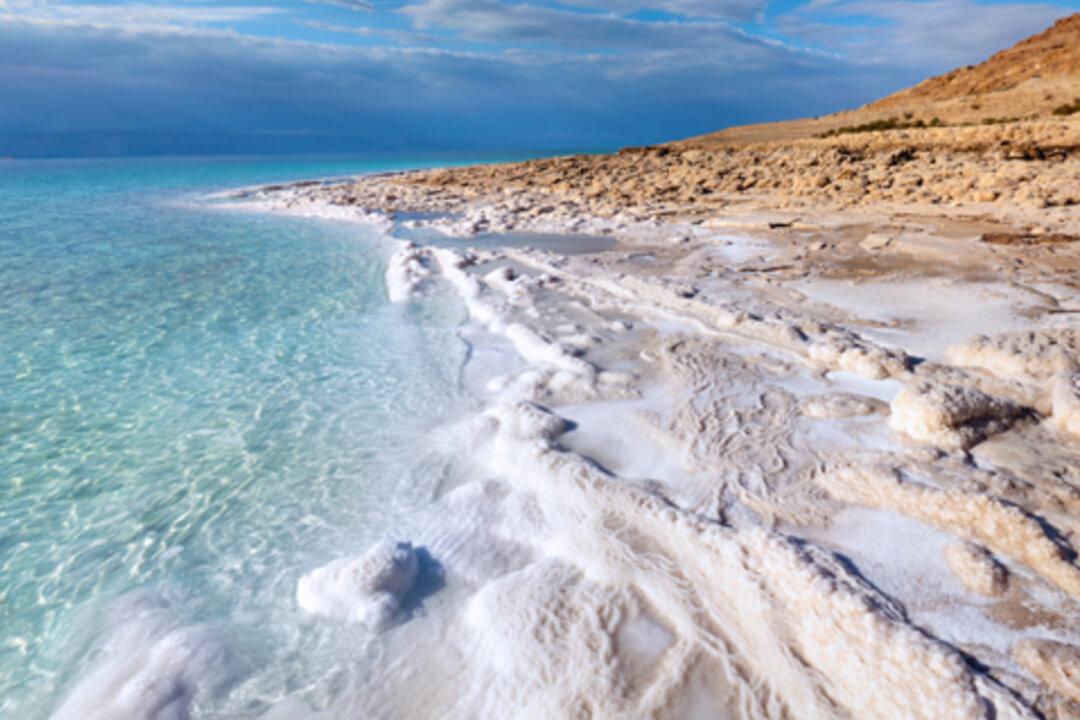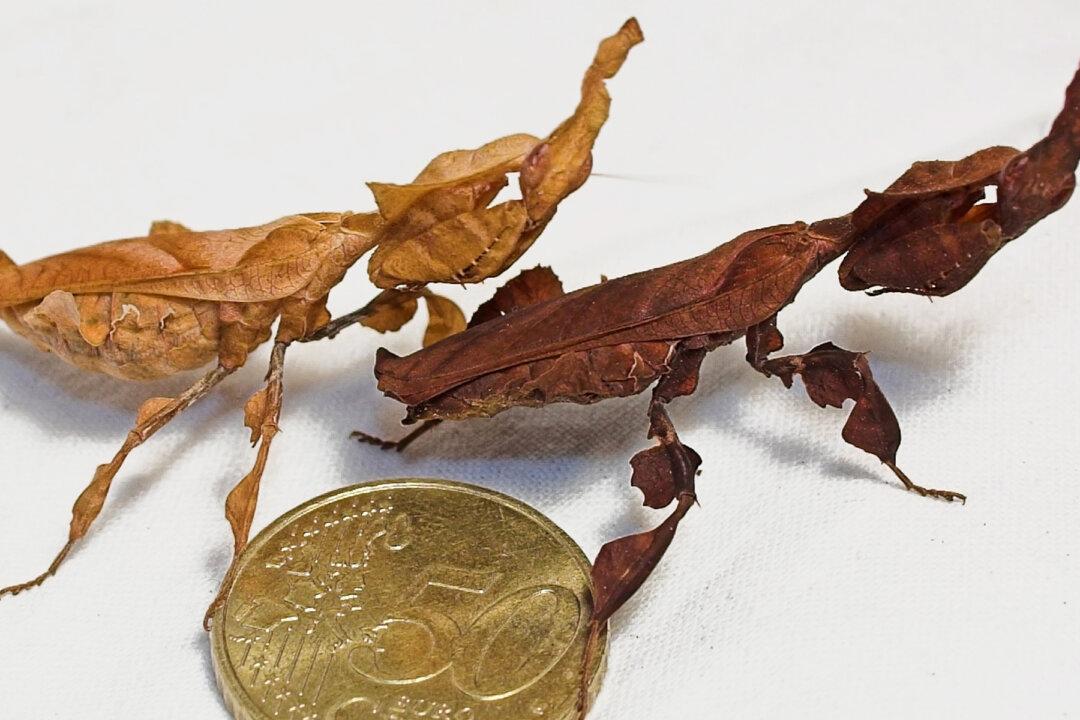Over the course of two months, the briny waters of the Dead Sea helped create an incredible work of art. Israeli sculptor Sigalit Landau submerged an early twentieth-century-style black dress under the surface, and salt accumulations formed on the gown into something truly spectacular.
A series of color underwater photographs showing the dress’s metamorphosis in one of the world’s saltiest seas was exhibited with the title “Salt Bride” at the Marlborough Art Gallery in London.




